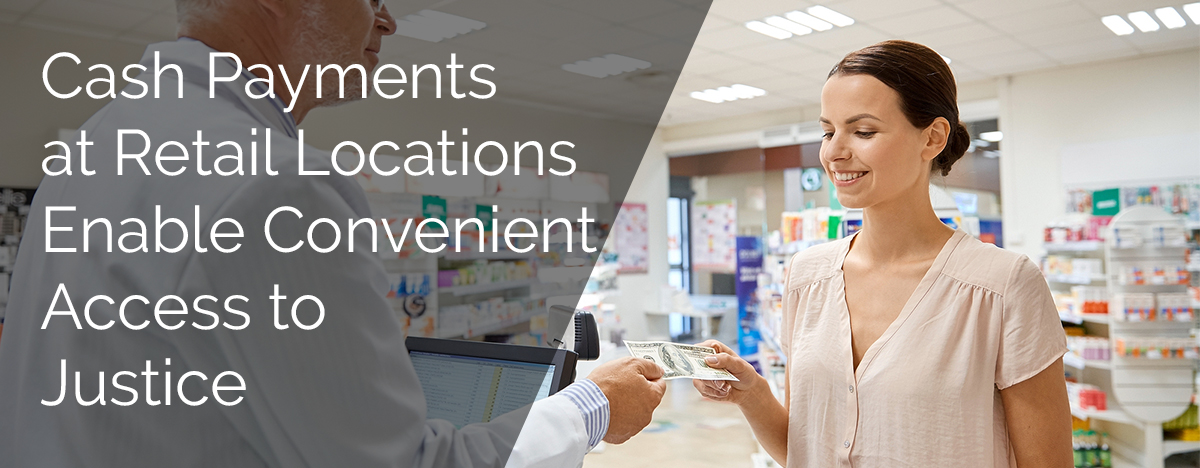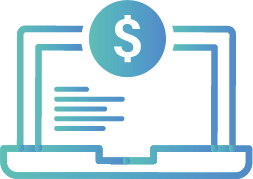[av_image src=’http://home.ncourt.com/wp-content/uploads/2017/10/cash-payments.jpg’ attachment=’3598′ attachment_size=’full’ align=’center’ styling=” hover=” link=” target=” caption=” font_size=” appearance=” overlay_opacity=’0.4′ overlay_color=’#000000′ overlay_text_color=’#ffffff’ animation=’no-animation’ custom_class=”][/av_image]
[av_image src=’http://home.ncourt.com/wp-content/uploads/2017/09/access-justice-blog.jpg’ attachment=’3414′ attachment_size=’full’ align=’center’ styling=” hover=” link=” target=” caption=” font_size=” appearance=” overlay_opacity=’0.4′ overlay_color=’#000000′ overlay_text_color=’#ffffff’ animation=’no-animation’ custom_class=”][/av_image]
[av_textblock size=” font_color=” color=” custom_class=”]
In this third part of our series in the “Justice for All” forum — an exploration of the ways to ensure justice is accessible to all individuals regardless of income level — we delve into the principle that “convenient payment options and reasonable time payment plans should be provided and based on a defendant’s ability to pay.” Of particular concern is how to provide payment solutions for unbanked and underbanked defendants who need access to cash-only options. These individuals deserve the same convenient access as their “banked” counterparts to pay for court-related fees and fines.
What is unbanked/underbanked and why does it remain an issue?
According to a recent FDIC National Survey, 20% of all consumers are considered underbanked. This equates to 1 in 5 American consumers that are dependent on cash transactions and totals more than 51 million adults. The term unbanked refers to a household in which no one is served by a bank or similar financial institution. Underbanked is when households do not have sufficient bank services to meet the market demands.
The reasons individuals remain unbanked and underbanked vary:
- Negative background check results
- Not enough credit history
- Don’t trust financial institutions
- Undocumented resident
- Avoid collections
- Avoid bank fees
- Dependent on government assistance
- Jobless or low income
Let’s look at how courts can provide flexible payment options to this mixed group, without additional burden for courts and the defendants.
Unbanked defendants gain immediate benefits with cash-only payments
As we explored in “5 Ways to Create Visible Public Access to Justice,” the ability to conveniently make payments is a crucial factor in ensuring justice is available for all, including unbanked individuals. Courts offering cash payment options create an effective means for the unbanked defendants to pay; regardless of why they’re unbanked.
A cash payment platform enables millions of people without access to traditional banking tools to utilize a physical cash transaction with a mobile phone, SMS text messaging, email or the web, with retailers that act as the “transaction facilitator” between the consumer and biller. Individuals can simply walk in with cash on hand to pay court citations, without the higher-cost compared to check-cashing services.
This approach offers many benefits to cash-paying individuals as well as to the courts where their fees and fines are owed. This convenient payment method allows individuals to “SCAN-PAY-GO” to quickly and easily pay their citations, ensuring fast payment to courts.

The solutions generate receipts either by smartphone or email, and everything is tracked electronically via a unique quick reader code (QRC) or barcode, and allow defendants to set reminders, guaranteeing them that their payment has reached the court and helping eliminate late payment fee.
Justice for all through payment flexibility
Through payment flexibility, defendants can also reduce the inconvenience of driving to a courthouse to pay their fees. In some cases, unbanked or underbanked defendants lack their own mode of transportation, forcing them to work around public transit schedules.
Flexible options allow defendants to pay with cash in the communities where they live, as well as take advantage of the longer-extended hours that are typical with retail stores – including the weekends. The retail payment locations will not only help reduce foot traffic at the courthouse, this additional convenience can increase the chances that the fees will be paid — on time — which has a positive impact on all parties.
It’s also important that these payment options are available through recognizable, easily accessible, trusted retailers. When defendants feel comfortable using services at these types of retail locations, the likeliness they will actually use them greatly increases.
These flexible payment options work like — and are as simple as — credit and debit payment transactions, and offer like services such as real-time processing, payment confirmation and receipt (both paper and electronic). Traditional money gram methods are time-consuming and can be harder to trace a cash payment if the record is mishandled or lost. Traceable payment history is very important to the public sector, including but not limited to the courthouse or agency records.
As the 2015 Diary of Consumer Payment Choice reveals, cash remains the most frequently used payment method regardless of age group or income level. Thus, cash payment processing solutions are a win-win for courts and court users, unbanked and underbanked, or otherwise. Flexible payment options that include cash-pay solutions improve relationships between courts and the individuals they serve and facilitates efforts to bring justice to all.
[/av_textblock]
[av_social_share title=’Share this entry’ style=’minimal’ buttons=” custom_class=”]













